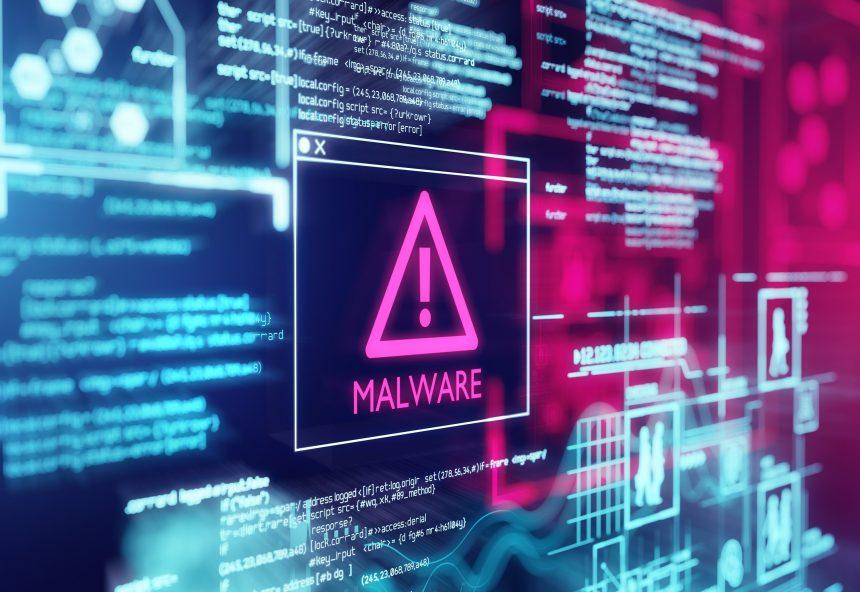The digital age has brought with it numerous advancements but also an increased risk of cyber threats. Among these, the Daggerfly APT group’s MgBot Malware has emerged as a significant concern for individuals and organizations alike. This article delves into the specifics of MgBot, exploring its actions, consequences, and providing a comprehensive guide for its removal. Additionally, we will discuss preventive measures to safeguard against similar threats in the future.
Introduction to MgBot Malware
MgBot is a sophisticated piece of malware associated with the Daggerfly APT group. This malware is designed to infiltrate systems stealthily, perform a range of malicious activities, and ultimately compromise the security and integrity of the infected devices. The versatility and resilience of MgBot make it a formidable adversary in the realm of cybersecurity.
Actions and Consequences of MgBot Malware
Once MgBot infiltrates a system, it can perform a variety of malicious activities. Some of the key actions and their consequences include:
- Data Exfiltration: MgBot is capable of stealing sensitive data, including personal information, financial details, and confidential business data. This can lead to identity theft, financial loss, and corporate espionage.
- System Control: The malware can take control of an infected system, allowing attackers to execute commands remotely. This can lead to unauthorized access, data manipulation, and even the deployment of additional malware.
- Network Spread: MgBot can propagate through networks, infecting multiple devices and making eradication more challenging. This widespread infection can disrupt business operations and lead to significant downtime.
- Persistent Backdoor: MgBot often installs a persistent backdoor in the system, which allows attackers to maintain long-term access. This can enable continued data theft and ongoing system manipulation without detection.
Detection Names and Similar Threats
MgBot Malware is known by various detection names depending on the antivirus software in use. Some common detection names include:
- Trojan.MgBot
- Backdoor.MgBot
- Trojan.GenericKD
Similar threats that exhibit comparable behaviors and risks include:
- Emotet: Known for its data theft and network propagation capabilities.
- TrickBot: A versatile malware used for data exfiltration and system control.
- QakBot: Primarily a banking trojan, but also known for spreading through networks and installing backdoors.
Comprehensive Removal Guide for MgBot Malware
Removing MgBot Malware requires a meticulous and thorough approach. Follow these steps to ensure complete eradication:
- Disconnect from the Network: Immediately disconnect the infected device from the internet and any local networks to prevent further spread.
- Boot into Safe Mode:
- For Windows: Restart your computer and press
F8repeatedly until the Advanced Boot Options menu appears. SelectSafe Mode with Networking. - For Mac: Restart your Mac and hold the
Shiftkey until the Apple logo appears.
- For Windows: Restart your computer and press
- Terminate Malicious Processes:
- Open Task Manager (Ctrl + Shift + Esc on Windows or Activity Monitor on Mac).
- Look for suspicious processes associated with MgBot and terminate them.
- Delete Temporary Files:
- On Windows: Use Disk Cleanup to remove temporary files.
- On Mac: Navigate to Finder, select “Go” > “Go to Folder”, type
~/Library/Caches, and delete relevant caches.
- Check Startup Programs:
- On Windows: Open Task Manager, go to the Startup tab, and disable suspicious entries.
- On Mac: Go to System Preferences > Users & Groups > Login Items, and remove any unknown items.
- Manual Removal of Malware Files:
- Open File Explorer (Windows) or Finder (Mac) and search for recently added suspicious files.
- Delete any files and folders associated with MgBot.
- Registry Cleanup (Windows Only):
- Open the Run dialog (Win + R), type
regedit, and press Enter. - Navigate to
HKEY_LOCAL_MACHINEandHKEY_CURRENT_USERsections. - Search for and delete any registry entries related to MgBot.
- Open the Run dialog (Win + R), type
- Update and Run a Full System Scan:
- Update your operating system and built-in security software.
- Run a full system scan, using SpyHunter to detect and remove any remaining traces of MgBot.
Best Practices for Preventing Future Infections
- Regular Software Updates: Ensure your operating system and all installed software are regularly updated to patch vulnerabilities.
- Use Strong Passwords: Implement complex passwords and enable two-factor authentication where possible.
- Be Cautious with Email Attachments and Links: Avoid opening attachments or clicking on links from unknown sources.
- Backup Important Data: Regularly back up your data to an external drive or cloud storage to protect against data loss.
- Educate Yourself and Your Team: Stay informed about the latest cybersecurity threats and educate your team on best practices for online safety.
By understanding the threat posed by MgBot Malware and following these comprehensive removal and prevention steps, you can better protect your systems and data from malicious attacks. Stay vigilant and proactive to maintain a secure digital environment.
The best way to prevent any form of malware like this threat from entering your computer is to use a reputable anti-malware program. SpyHunter is a reliable shield for your device, detecting and removing malware threats from your system before they can get installed and cause permanent damage. Scan your device for free now! Download SpyHunter 5 for Windows, or SpyHunter for Mac, and forget about the nuisance of malware forever. Here are some additional tips for keeping your device safe:





